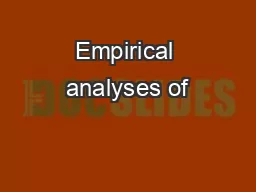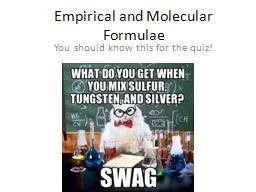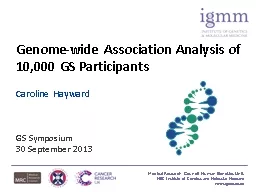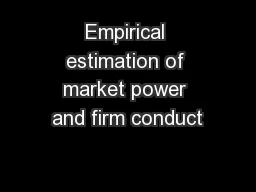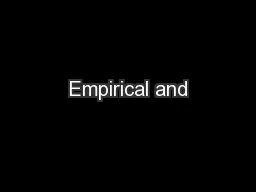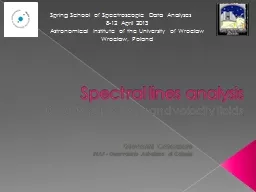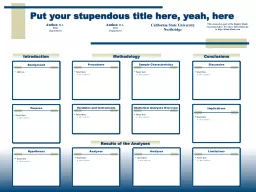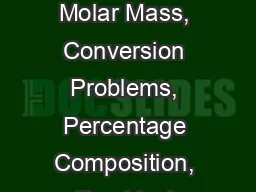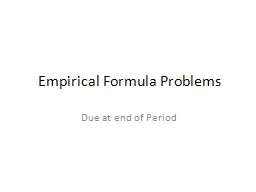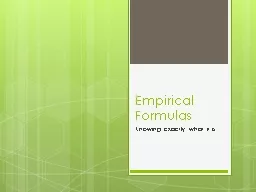PPT-Empirical analyses of
Author : stefany-barnette | Published Date : 2015-12-06
scientific papers and researchers on Twitter Results of two studies Stefanie Haustein Timothy D Bowman Kim Holmberg Vincent Larivière Isabella Peters Cassidy
Presentation Embed Code
Download Presentation
Download Presentation The PPT/PDF document "Empirical analyses of" is the property of its rightful owner. Permission is granted to download and print the materials on this website for personal, non-commercial use only, and to display it on your personal computer provided you do not modify the materials and that you retain all copyright notices contained in the materials. By downloading content from our website, you accept the terms of this agreement.
Empirical analyses of: Transcript
Download Rules Of Document
"Empirical analyses of"The content belongs to its owner. You may download and print it for personal use, without modification, and keep all copyright notices. By downloading, you agree to these terms.
Related Documents

